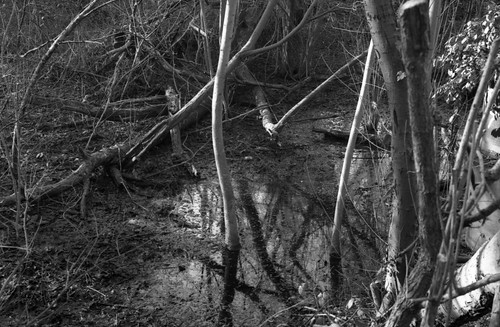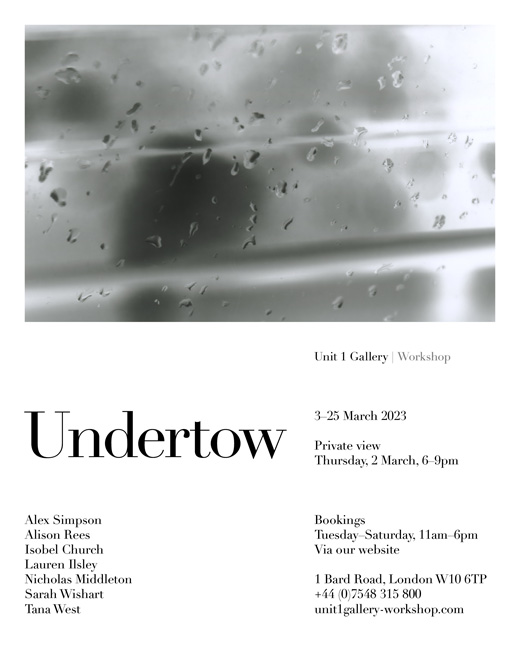 |
| Lomography Fantôme 8 35mm film |
Approaching two years ago at the time of writing, I posted a short 'single roll' review on the Lomography Berlin Kino 400 film. This had been one of the rolls of film that I had won as part of the #ShittyCameraChallenge prize (sponsored by David Walster - @196photo on Twitter), four different rolls of 35mm black and white film, all of which were new to me. One of the other rolls was Lomography Fantôme 8; like the other Lomomgraphy film, the box has the description '35mm KINO film', but unlike the 'Berlin' film, Fantôme 8's origins are not those of a camera film, used to generate a negative–which its low ISO of 8 indicates. According to Alex Luyckx, Fantôme 8 is Orwo DP31. Orwo's data sheet describes it thus:
ORWO duplicating positive film DP 31 serves as a film for the production of intermediate positives (master positives). Due to is panchromatic sensitisation this film can be used for duplicating from black & white negatives as well as from colour negatives producing well-balanced grey values referring to original colours. Special features of this film are the excellent resolving power and the extraordinary fine grain
As a very low ISO film, I had been anticipating that I'd want to use the roll of Fantôme 8 for something specific which would take advantage of its particular characteristics, rather than 'everyday' film photography. Last week I wanted to make an interpositive to create a print in negative from a negative, and naturally thought of the Fantôme 8 for precisely the qualities the data sheet describes (this, incidentally, was for the Undertow exhibition). I shot half the roll and developed it as needed, then decided that I may well as well find the time to use the remainder of the film. For the purposes of making the interpositive, I used a tripod and my Canon A-1 SLR; at 8 ISO, there are few situations in which hand-holding a camera with Fantôme 8 is practical, but I did expose a couple of frames hand-held, both of which were with the lens wide open at f1.8 and a fairly slow shutter speed. The second image below was at 1/20th, which will have probably introduced a small amount of camera shake, leading it to be less sharp as a result; the first image, silhouetting bare branches against a bright sky at a medium distance was rather easier
 |
| Canon A-1 with Lomography Fantôme 8 |
 |
| Canon A-1 with Lomography Fantôme 8 |
The first image above was shot on the end of the half of the roll I had used first, and the high contrast of the image was fairly evident. I used Kodak HC-110 at dilution H, 1+63 from concentrate, with a time of 14 minutes at 20ºC (the Orwo data sheet, unsurprisingly for a motion picture film, gives D96 as a developer). The film has probably the clearest base of any I've used–and was also extremely curly once developed. Having used half the film first, and assessing the results, this gave me an idea of how to approach using the remainder of the film. Thanks to its high contrast, in terms of subjects, for most frames I avoided including much or any sky in the composition, concerned it would render almost entirely bright and featureless (as a panchromatic film, it would have been possible to use a yellow filter); the image below was one of the few with a significant area of sky in the frame.
 |
| Canon A-1 with Lomography Fantôme 8 |
 |
| Canon A-1 with Lomography Fantôme 8 |
 |
| Close-up crop from scan |
Given Fantôme 8's characteristics, I had hoped for overcast weather conditions for photographing, not uncommon here in February, but instead I found it was an afternoon of intermittent, if hazy sunshine. To lessen the high contrast of the film, using the Canon A-1, with its double exposure capability, on a number of frames, I was able to use the technique of pre-exposure to raise the shadow values. To do this, I first shot a frame of a grey card without focussing three and a half stops below the camera's indicated exposure, then pushed in the multiple exposure switch before engaging the film advance, which, with the multiple exposure switch engaged, simply cocks the shutter without moving the film. After development, the frames which had pre-exposure were easily distinguishable on the negatives, although in scanning, with many frames the differences were not as great as I might have expected.
 |
| Canon A-1 with Lomography Fantôme 8 |
 |
| Canon A-1 with Lomography Fantôme 8 and pre-exposure |






